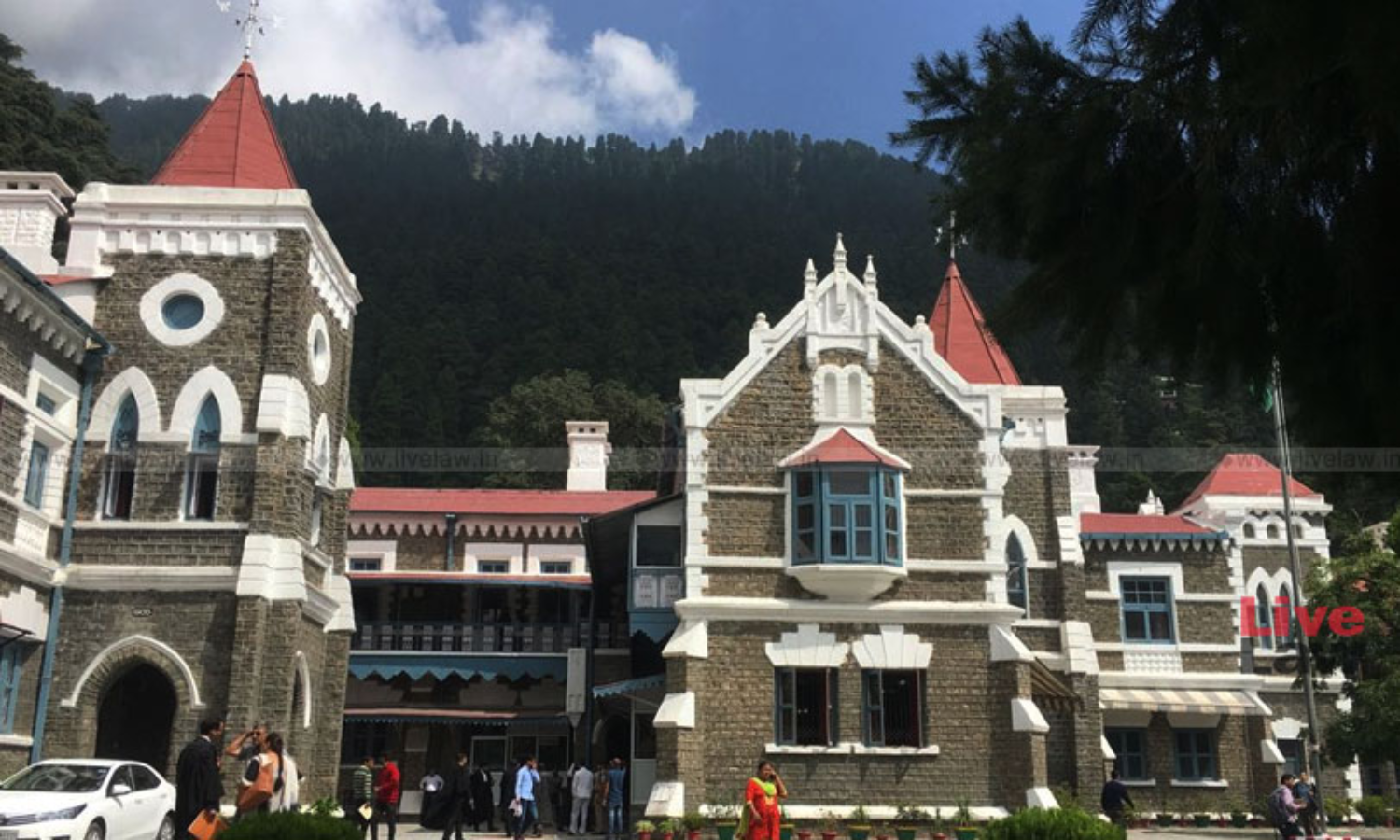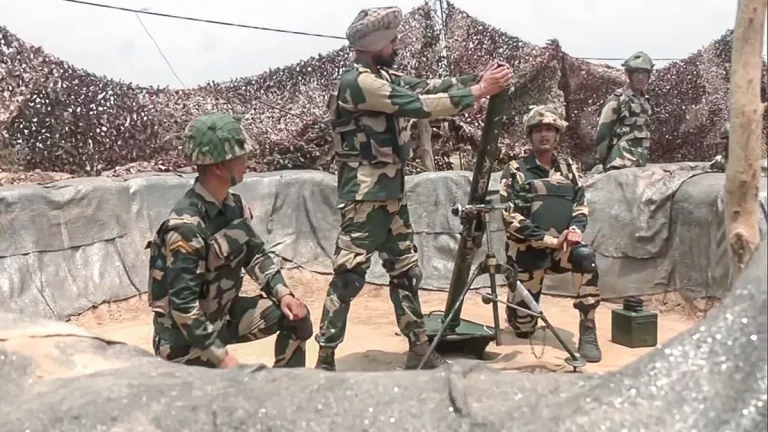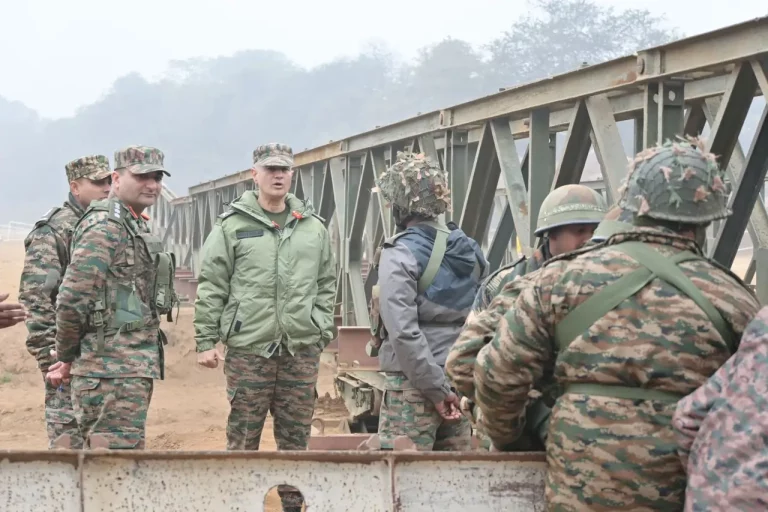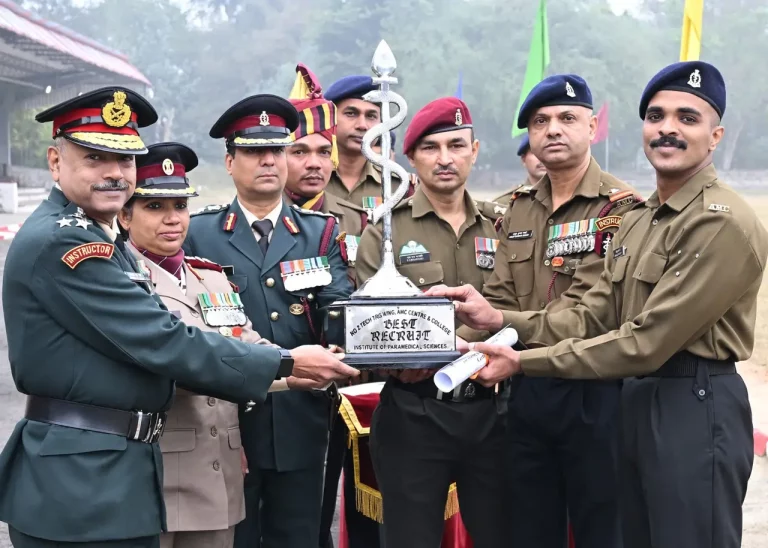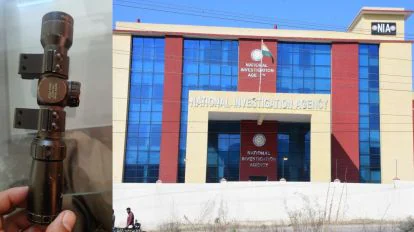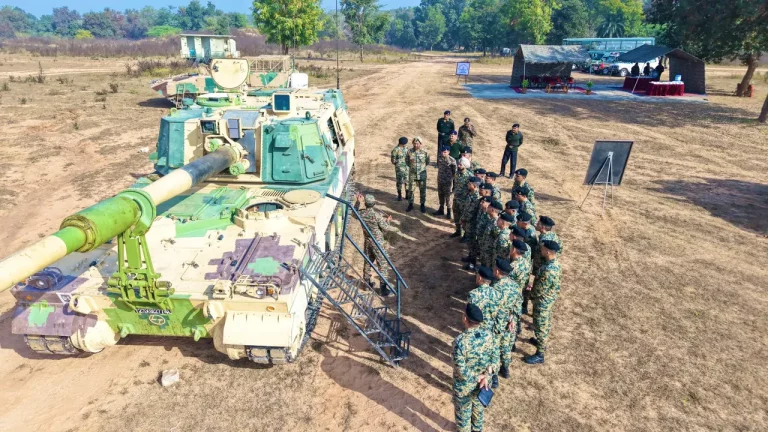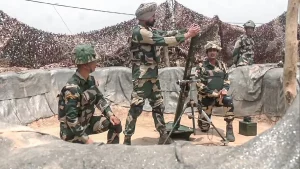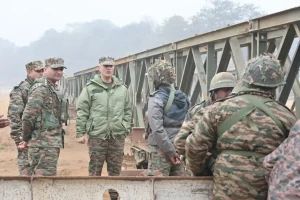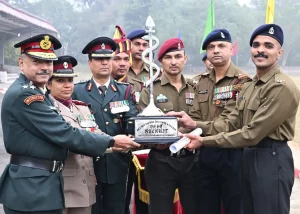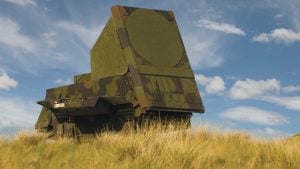The Uttarakhand High Court recently addressed the legal responsibilities of the 27 Infantry Battalion, ECO, Garhwal Rifles of the Territorial Army concerning illegal mining activities along the Ganga river. This discussion arose during a hearing of a Public Interest Litigation (PIL) initiated by Matri Sadan, an ashram focused on environmental advocacy, and others, aiming to tackle the rampant mining occurring between Raiwala and Bhogpur.
The division bench, comprising Justice Ravindra Maithani and Justice Pankaj Purohit, was informed about the battalion’s limitations regarding legal enforcement against these mining operations. The court had previously inquired whether the military unit could play a role in halting the destructive mining practices that pose significant risks to the river’s ecological balance.
During an earlier session, Captain Raghav from the battalion’s legal team had participated via video conferencing, promising to clarify their position on the matter. On June 18, the Territorial Army responded, affirming that, although they are committed to supporting initiatives for environmental protection and water conservation, the jurisdiction to tackle illegal mining lies outside their operational mandate. Responsibilities for such enforcement are designated to civil authorities and law enforcement agencies.
A senior officer from the battalion is expected to prepare a more comprehensive presentation addressing the court during the next scheduled hearing, which is set for June 23.
The petitioners in the case have emphasized the urgent need for a complete ban on mining activities in the specified river stretch, citing violations of environmental laws and the detrimental effects on the Ganga’s health. Additionally, they expressed concerns about the lack of actionable measures in light of the National Mission for Clean Ganga (NMCG) Board’s establishment by the central government to safeguard and restore the Ganga river.
This case highlights the pressing issue of illegal mining within ecologically sensitive regions and illustrates the challenges faced by various agencies, including the Territorial Army, in effectively addressing these environmental crises.
